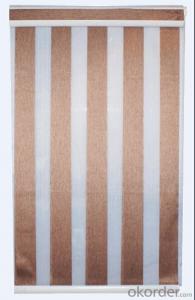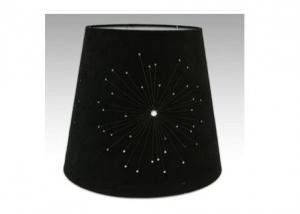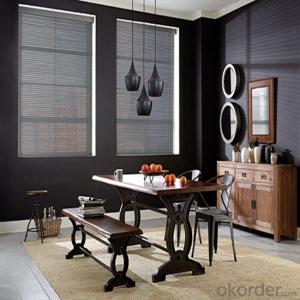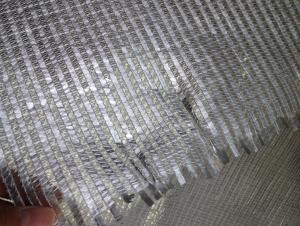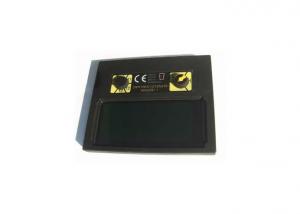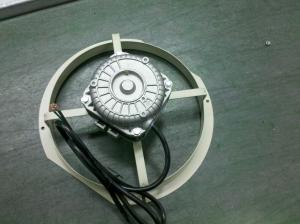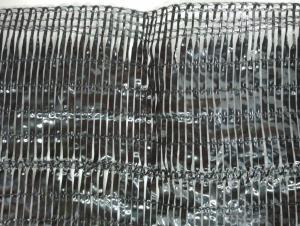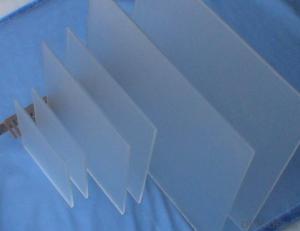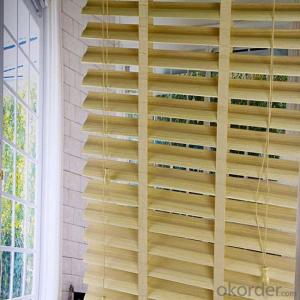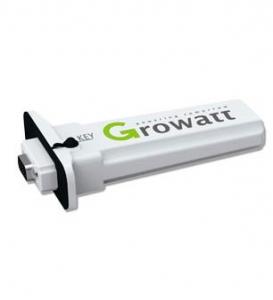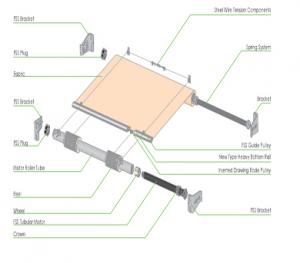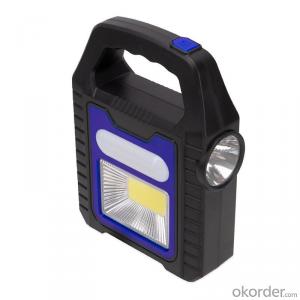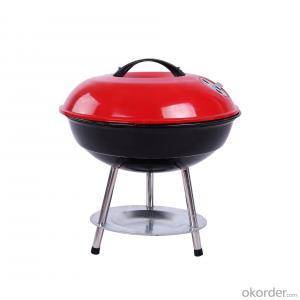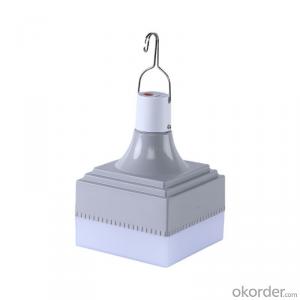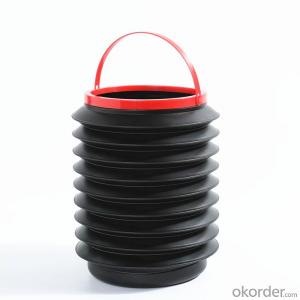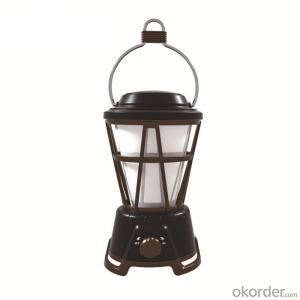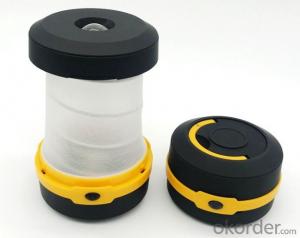Shading Solar Inverter
Shading Solar Inverter Related Searches
Shade For Solar Inverter Shade Cover For Solar Inverter Inverter Clipping Solar Clipping Solar Inverter Shed Solar Kit With Inverter Undersizing Solar Inverter Install Solar Inverter Oversizing Solar Inverter The Solar Inverter Inside Solar Inverter Inverter In Solar Convert Inverter To Solar Solar Inverter Drawing Sizing Solar Inverter Outdoor Solar Inverter Solar With Electric Inverter Inverter With Solar Input About Solar Inverter Replacing A Solar Inverter Solar Inverter Clipping Awning For Solar Inverter Inverter Replacement Solar Inverter Solar Panels Solar Inverter Earthing Inverter Hybrid Solar Inverter For Solar Inverter On Solar Panel Upgrade Solar Inverter Sunshine Solar Inverter Oversized Inverter SolarShading Solar Inverter Supplier & Manufacturer from China
Shading Solar Inverter is a specialized device designed to optimize the performance of solar energy systems by managing the power output and ensuring efficient energy conversion. This advanced technology helps to mitigate the effects of shading on solar panels, maximizing the energy yield and reducing power loss. The product is engineered to work seamlessly with various solar panel configurations, making it an essential component for any solar energy system seeking to achieve optimal performance.The Shading Solar Inverter is widely used in residential, commercial, and industrial settings where solar energy systems are installed. It is particularly beneficial in areas where shading from trees, buildings, or other obstructions can impact the efficiency of solar panels. By incorporating this inverter into a solar energy system, users can expect improved energy production and reduced costs associated with power loss. The inverter's ability to handle partial shading and maintain high efficiency makes it a valuable addition to any solar power setup.
Okorder.com is a reputable wholesale supplier of Shading Solar Inverters, offering a vast inventory to meet the demands of various customers. With a commitment to quality and customer satisfaction, Okorder.com ensures that each inverter is of the highest standard and ready for immediate deployment in solar energy systems. By partnering with Okorder.com, customers can rest assured that they are receiving a reliable and efficient product to enhance their solar energy generation capabilities.
Hot Products


